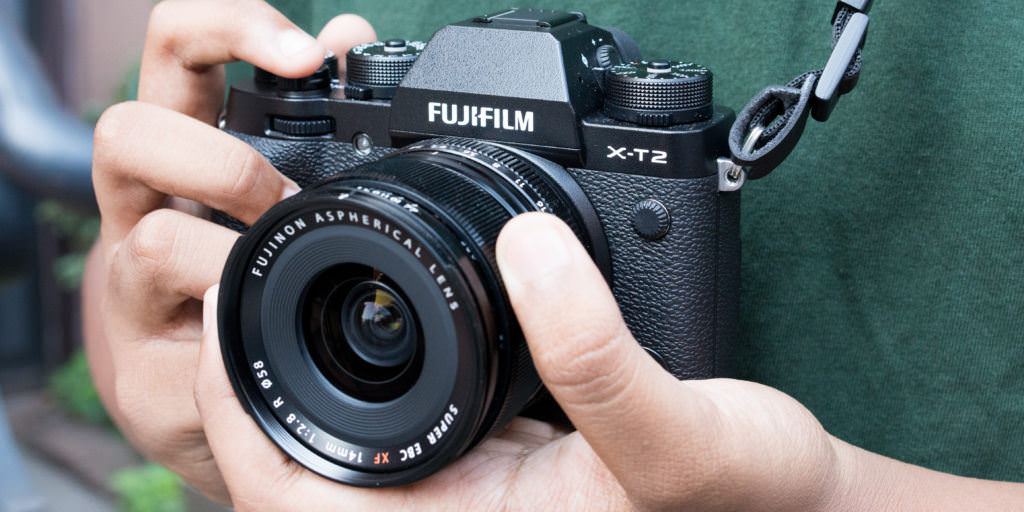From Instagram feeds and Facebook walls to traditional brochures and billboards, product photography is a lucrative and dynamic business. A well-shot, detailed photograph can transform the appeal of a product by selling a vision. It is no secret that customers buy with their eyes so, the right picture is vital if you want to make the right impression. For start-up businesses trading on Etsy or budding foodies sharing their delicious plates on blogs, the right camera can make a world of difference to their brand awareness. Therefore, taking the time to find the best camera for product photography is a worthwhile investment of your time.
How do I find the best camera for product photography?
Decide what you want your camera to do for you
With a plethora of different cameras at your fingertips, it’s easy to get lost in the sea of options. So, before you commit to the wrong product for you, it’s best to take some time to do your homework, experiment with your options and understand exactly what you need from your camera.
The dSLR
A digital single-lens reflex camera (dSLR) is the perfect camera for well-seasoned photographers taking product shots for print. In contrast to a traditional point-and-shoot digital camera, a dSLR allows the image to be displayed on an optical viewfinder as the light from the lens reflects on a mirror. Ultimately, it allows photographers to better frame pictures before taking the shot.

DSLR cameras also have digital interchangeable lenses which produce high definition shots of the best quality. For a high fashion, luxury brand, such a camera would be a wise investment. The variety of shots and the detail a dSLR can capture are seen as the two main advantages. Industry favourites include the Nikon D7200 and the Canon EOS 5D Mark IV.
However, for self-shooting business people with little experience in photography, it might be argued that the dSLR functions are too complicated to be truly appreciated and therefore, are not properly used. People regularly report that the number of settings are simply overwhelming. What is more, these cameras are not cheap, so you need to be certain before committing.
The Smartphone
With some of the best photography technology built-in to our mobile phones, an excellent product photograph is only a click away. Everyone now has access to the best quality in their pockets.

While there is no denying that a traditional camera will always be better, smartphone cameras are a perfectly suitable and impressive alternative, particularly for small businesses on a budget or individuals who are uncertain about what camera to buy.
An iPhone Xs is the perfect option for those wishing to use their product photography on digital platforms. The Samsung Galaxy Note9 and the Google Pixel 3 XL also ranks highly among industry experts as good options.
Shrinking your photographs down for Instagram grids or Facebook walls hides any of the visual issues that could occur from using a smartphone. Plus, with some of the best editing apps available on the app store, being able to snap your shots and edit them on your phone arguably streamlines the whole process.
The Mirrorless
A mirrorless camera is a sound alternative for people who want more than a smartphone but less than a dSLR. The advantages are obvious. The camera tends to be lighter, smaller and more portable than a dSLR without jeopardising the perks. Pictures taken on a mirrorless camera are generally as sharp and as detailed in their resolution.
Despite the fact that the cameras are newer to the industry and have fewer lens options, the technology is developing quickly. Features such as tilting LCD screens are incorporated to take shots on an angle. You can record video on a lot of them and fast autofocus is included to track moving subjects. The result is a style of camera that is light and very suitable for a dynamic photoshoot. Favourites include the Sony Alpha A7R III with an impressive 42.4 MP resolution.

For many, however, the expensive price of these cameras cannot be justified when smartphones can produce product shots that can compete just as well. Similarly, photographers also report difficulties shooting with mirrorless cameras in low lighting.
The Point-and-Shoot
While a point-and-shoot camera is not seen as the photographer’s camera of choice for industry standard product photography, they do come with a handful of perks. Their size, weight and price make them a great option for new business exploring and experimenting with their marketing strategy.
Point-and-shoot have fixed lenses meaning the faff and stress of adjusting your lenses accordingly is instantly eradicated. Instead, you have a solid camera with a good depth of field that makes shots look generally smart.

For those looking for the best quality in the industry, a point-and-shoot might be too limited. Aperture and shutter speed are tougher to control in manual mode. Shooting in the dark is seldom a valid option either.
What camera does Spencer Cobby use for product photography?
Award-winning Exeter-based photographer, Spencer Cobby, remains faithful to his Nikon D850 for product photography projects. For Cobby, it’s all about the dSLR.

“It’s hard to beat,” he says. He pairs the Nikon with the Nikon 24-70mm f2.8 lens. He says the lens’ sharpness and built-in stabilization tool that makes it perfect for his work.
If you’re looking for further advice on how to get started with product photography, take a look at our article on how to get started with product photography. Still need more advice? Then head over to the Pixpa Blog to read their very good article on commercial photography. Or if you’d like a free consultation to find out what services we could offer you and your business, get in touch.

